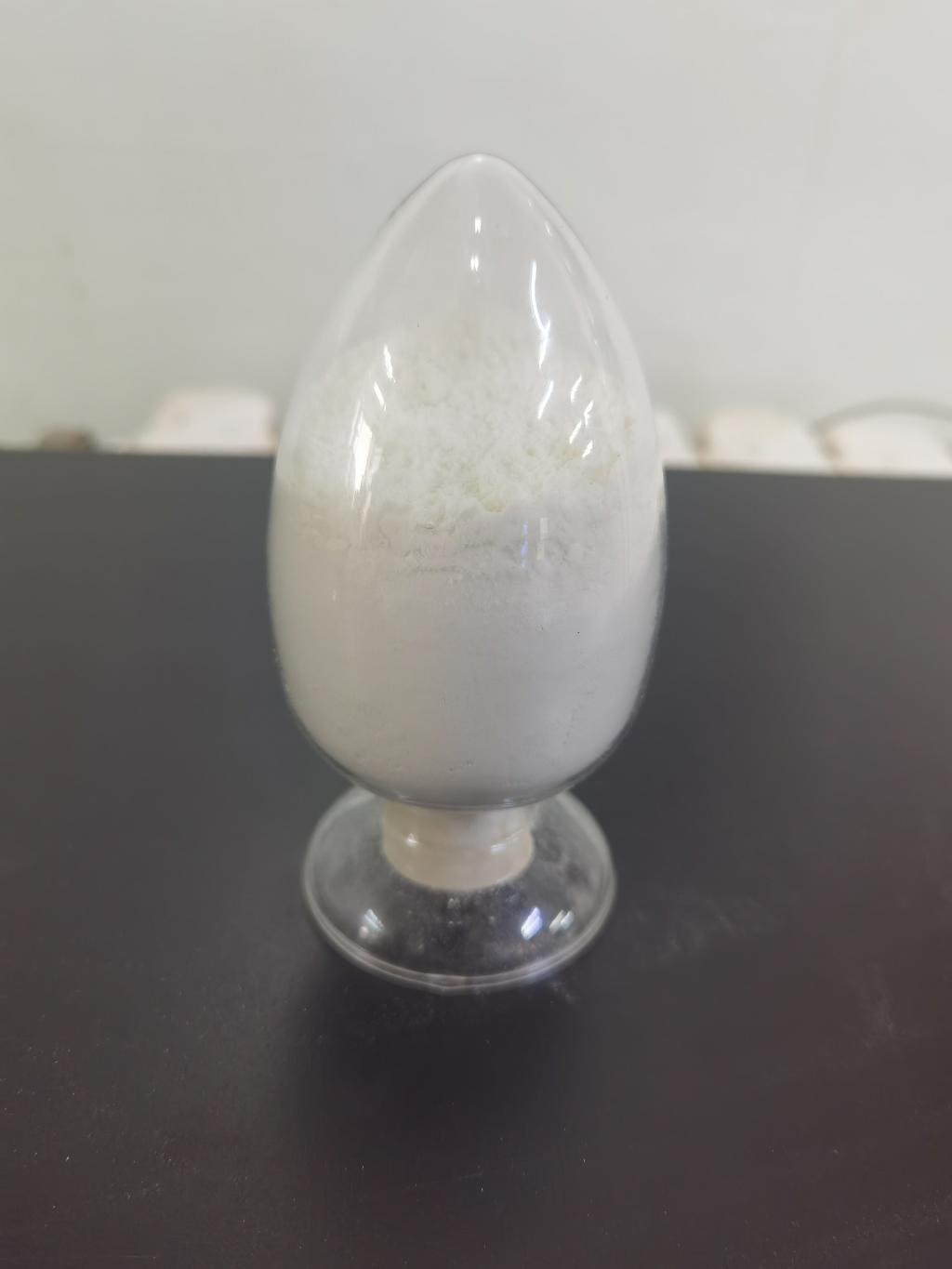Tel:+8618231198596

News
 CONTACT
CONTACT
 CONTACT
CONTACT
- Linkman:Linda Yao
- Tel: +8618231198596
- Email:linda.yao@dcpharma.cn
- Linkman:CHARLES.WANG
- Department:Overseas
- Tel: 0086 0311-85537378 0086 0311-85539701
News
Understanding the mode of action of ε-Polylysine hydrochloride against foodborne pathogens.
TIME:2024-04-22
Understanding Foodborne Pathogens
Foodborne pathogens are microorganisms that contaminate food products and cause illness when consumed. Common foodborne pathogens include bacteria such as Salmonella, Escherichia coli, Listeria monocytogenes, and Staphylococcus aureus, as well as viruses, parasites, and molds. These pathogens can proliferate in various food matrices, leading to food spoilage, foodborne illnesses, and outbreaks.
The Rise of Natural Antimicrobial Agents
In recent years, there has been growing interest in natural antimicrobial agents derived from plants, animals, and microorganisms. Natural antimicrobials offer several advantages over synthetic preservatives, including consumer preference for clean label ingredients, reduced environmental impact, and potential health benefits. ε-Polylysine hydrochloride, a naturally occurring antimicrobial peptide, has gained attention for its effectiveness against foodborne pathogens and its compatibility with natural and organic food products.
Mode of Action of ε-Polylysine Hydrochloride
The mode of action of ε-Polylysine hydrochloride against foodborne pathogens involves several mechanisms:
Disruption of Cell Membrane Integrity: ε-Polylysine hydrochloride interacts with the lipid bilayer of microbial cell membranes, leading to disruption of membrane integrity. This disruption causes leakage of cellular contents, loss of membrane potential, and ultimately cell death.
Inhibition of Cellular Metabolism: ε-Polylysine hydrochloride interferes with essential cellular processes, including nutrient uptake, energy production, and protein synthesis. By disrupting microbial metabolism, ε-Polylysine hydrochloride inhibits the growth and proliferation of foodborne pathogens.
Generation of Reactive Oxygen Species (ROS): ε-Polylysine hydrochloride can induce the generation of reactive oxygen species (ROS) within microbial cells. ROS, such as superoxide radicals and hydrogen peroxide, cause oxidative damage to cellular components, including DNA, proteins, and lipids, leading to cell death.
Disruption of Biofilm Formation: Foodborne pathogens often form biofilms on food contact surfaces, providing protection against antimicrobial agents and facilitating their persistence in the food processing environment. ε-Polylysine hydrochloride has been shown to disrupt biofilm formation and enhance the susceptibility of foodborne pathogens to antimicrobial treatments.
Applications in Food Preservation
The antimicrobial properties of ε-Polylysine hydrochloride make it suitable for various applications in food preservation:
Meat and Poultry Products: ε-Polylysine hydrochloride can be incorporated into meat and poultry products, such as ground meat, sausages, and deli meats, to inhibit the growth of pathogenic bacteria and extend shelf life.
Dairy and Cheese: In dairy products, ε-Polylysine hydrochloride can prevent spoilage caused by lactic acid bacteria, yeasts, and molds, improving product stability and safety.
Bakery and Confectionery: ε-Polylysine hydrochloride can be used in bakery and confectionery products, such as bread, cakes, and pastries, to inhibit the growth of spoilage organisms and extend freshness.
Beverages: In beverages, ε-Polylysine hydrochloride can prevent microbial contamination during processing and storage, reducing the risk of spoilage and maintaining product quality.
Safety and Regulatory Considerations
ε-Polylysine hydrochloride is generally recognized as safe (GRAS) for use in food products by regulatory agencies such as the U.S. Food and Drug Administration (FDA) and the European Food Safety Authority (EFSA). However, regulatory requirements may vary depending on the intended application and maximum permitted levels of ε-Polylysine hydrochloride in food products.
Conclusion
In conclusion, ε-Polylysine hydrochloride offers a promising solution for controlling foodborne pathogens and enhancing food safety. Its mode of action, involving membrane disruption, metabolic inhibition, ROS generation, and biofilm disruption, provides multiple avenues for microbial inhibition. By leveraging the antimicrobial properties of ε-Polylysine hydrochloride, food manufacturers can develop safer, more stable, and longer-lasting food products while meeting consumer demand for natural and clean label ingredients. Continued research and innovation in ε-Polylysine hydrochloride applications and formulations will further advance its effectiveness in food preservation and contribute to a safer and more sustainable food supply chain.
- Tel:+8618231198596
- Whatsapp:18231198596
- Chat With Skype







